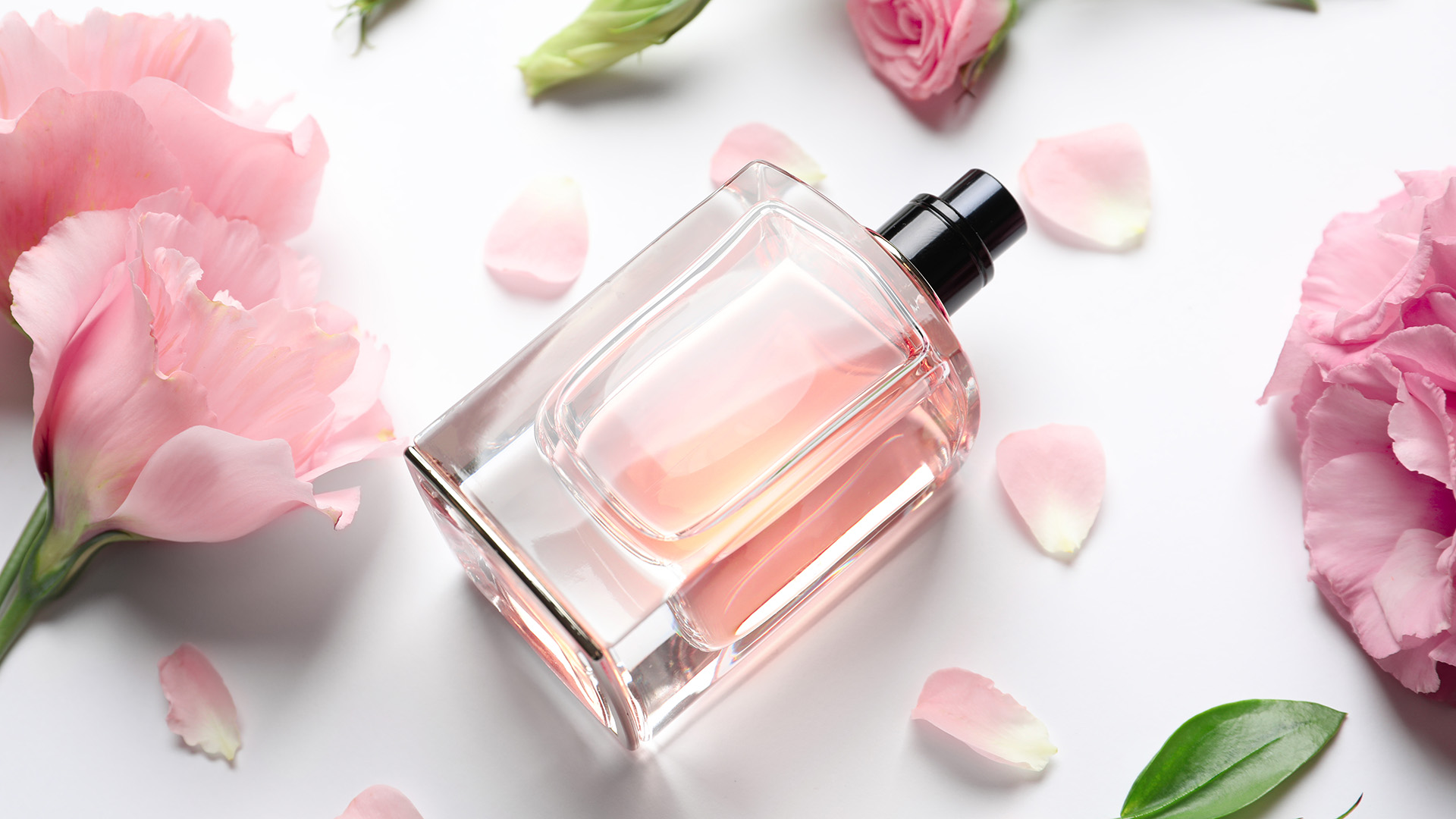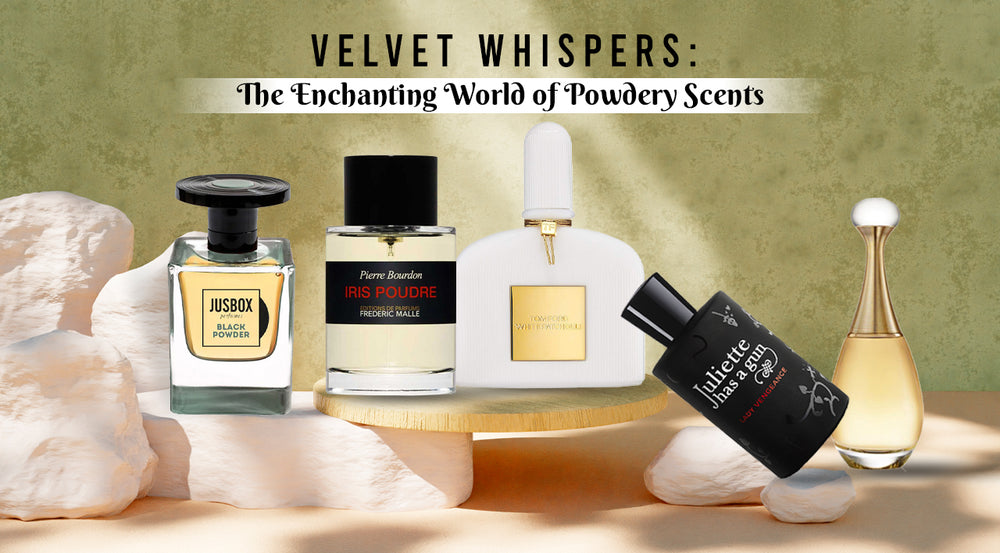The Enchanting World of Floral Scents: A Journey Through History, Science, and Sensation

Floral scents, those delicate and intoxicating aromas derived from the blossoms of flowers, have captivated humanity for centuries. More than just pleasant smells, they are deeply intertwined with our history, culture, and even our very biology. From ancient rituals to modern perfumery, floral scents have held a powerful sway over our emotions and experiences. This article delves into the multifaceted world of floral scents, exploring their historical significance, the science behind their creation, the diverse range of floral fragrance families, and their enduring appeal in our lives.
A Historical Bouquet: Floral Scents Through the Ages
The use of floral scents dates back to the earliest civilizations. In ancient Egypt, flowers were not merely ornamental; they were integral to religious ceremonies, medicinal practices, and personal adornment. Egyptians used roses, lilies, and lotus flowers to create perfumes, incense, and fragrant oils, believing these scents to be pleasing to the gods and beneficial for both physical and spiritual well-being. The famed Cleopatra was known for her lavish use of rose petals and other floral fragrances, using them to enhance her beauty and allure.
The ancient Greeks and Romans also held flowers in high regard. They cultivated gardens filled with fragrant blooms and used floral extracts in perfumes, cosmetics, and medicinal preparations. Roses were particularly prized, symbolizing love, beauty, and luxury. The Romans used vast quantities of rose petals in their elaborate banquets and festivals, creating an atmosphere of opulence and indulgence.
During the Middle Ages, the use of floral scents in Europe was often associated with religious practices. Flowers were used to decorate churches and monasteries, and their fragrances were believed to purify the air and uplift the spirit. However, the use of perfumes and cosmetics declined somewhat during this period, only to be revived during the Renaissance.
The Renaissance saw a resurgence of interest in the arts, sciences, and classical culture, including the use of floral scents. Perfumery flourished in Italy and France, with new techniques being developed to extract and preserve floral fragrances. Lavender, jasmine, and tuberose became popular ingredients in perfumes, and floral waters were used for personal hygiene and aromatherapy.
The 17th and 18th centuries, often referred to as the Age of Enlightenment, witnessed the rise of elaborate perfumes and cosmetics. Floral scents were particularly fashionable among the aristocracy, who used them to mask unpleasant odors and enhance their social standing. Elaborate perfume bottles and scent-infused accessories became symbols of wealth and status.
The 19th century brought about significant advancements in chemistry, leading to the discovery of synthetic fragrance molecules. This revolutionized the perfume industry, allowing perfumers to create new and complex floral accords that were previously unattainable. Synthetic ingredients also made perfumes more affordable and accessible to a wider audience.
The Science Behind the Scent: How Flowers Create Fragrance
The captivating scents of flowers are not accidental; they are carefully orchestrated chemical signals designed to attract pollinators. Flowers produce volatile organic compounds (VOCs), which are small, airborne molecules that evaporate easily and travel through the air. These VOCs are perceived as scent by humans and animals.

The specific composition of VOCs varies greatly depending on the flower species, its stage of development, and even the time of day. Some flowers emit strong, sweet fragrances to attract pollinators from a distance, while others release more subtle scents that are only noticeable up close.
The production of VOCs is a complex biochemical process that involves a variety of enzymes and metabolic pathways. Factors such as temperature, humidity, and light intensity can also influence the type and amount of VOCs produced by a flower.
The Floral Family Tree: Exploring Different Floral Fragrance Profiles
The world of floral scents is incredibly diverse, encompassing a vast array of fragrance profiles. Perfumers often categorize floral scents into different families or subfamilies based on their dominant characteristics. Here are some of the most common floral fragrance families:
-
Soliflore: This category features perfumes that aim to replicate the scent of a single flower. Examples include rose soliflore, jasmine soliflore, and lily of the valley soliflore.
-
Floral Bouquet: These perfumes combine the scents of multiple flowers to create a harmonious and complex fragrance. Popular combinations include rose and jasmine, lily and lilac, and gardenia and tuberose.

-
Fruity Floral: These fragrances blend floral notes with fruity accords, such as apple, pear, berry, or citrus. The fruity notes add sweetness and vibrancy to the floral composition.
-
Woody Floral: These perfumes combine floral notes with woody accords, such as sandalwood, cedarwood, or patchouli. The woody notes provide depth and grounding to the floral fragrance.
-
Oriental Floral: These fragrances blend floral notes with oriental accords, such as spices, resins, and vanilla. The oriental notes add warmth, sensuality, and exoticism to the floral composition.
-
Green Floral: These perfumes combine floral notes with green accords, such as grass, leaves, or stems. The green notes add freshness and naturalness to the floral fragrance.

The Enduring Appeal: Why We Love Floral Scents
The enduring appeal of floral scents can be attributed to a combination of factors, including:
-
Evolutionary Associations: Our brains are wired to associate floral scents with positive experiences, such as food, reproduction, and survival. Flowers are often a source of nectar and pollen, providing sustenance for pollinators and humans alike.
-
Emotional Connections: Floral scents can evoke strong emotions and memories. The scent of a particular flower may remind us of a loved one, a special occasion, or a cherished place.
-
Aesthetic Appreciation: We are drawn to the beauty and elegance of flowers, and their scents are an integral part of their aesthetic appeal. Floral fragrances can enhance our sense of well-being and create a more pleasant environment.
-
Cultural Significance: Flowers have been used in rituals, ceremonies, and celebrations for centuries. Their scents are often associated with love, beauty, and spirituality.
-
Therapeutic Benefits: Floral scents have been shown to have a variety of therapeutic benefits, including reducing stress, improving mood, and promoting relaxation. Aromatherapy uses essential oils derived from flowers to treat a range of physical and emotional ailments.
Floral Scents in Modern Life:
Today, floral scents remain a cornerstone of the fragrance industry and continue to permeate our lives in countless ways:
-
Perfumes and Cosmetics: Floral fragrances are a dominant category in perfumes, colognes, and other personal care products. They are used to create a wide range of scents, from light and airy to rich and complex.
-
Home Fragrance: Floral scents are popular in home fragrance products, such as candles, diffusers, and room sprays. They can create a welcoming and inviting atmosphere in our homes.
-
Gardening and Horticulture: The cultivation of fragrant flowers is a popular hobby, providing both aesthetic pleasure and a source of natural fragrance.
-
Food and Beverage: Some flowers, such as lavender, rose, and chamomile, are used to flavor food and beverages. They add a unique and delicate flavor to teas, desserts, and other culinary creations.
-
Aromatherapy: Essential oils derived from flowers are used in aromatherapy to treat a variety of conditions, including stress, anxiety, and insomnia.
In conclusion, floral scents are much more than just pleasant aromas. They are deeply rooted in our history, culture, and biology. From ancient rituals to modern perfumery, floral fragrances have captivated humanity for centuries. Their enduring appeal lies in their ability to evoke emotions, create memories, and enhance our sense of well-being. As we continue to explore the complex and fascinating world of floral scents, we can gain a deeper appreciation for their beauty, their power, and their enduring influence on our lives.
FAQ: Frequently Asked Questions About Floral Scents
Q: What is the difference between a soliflore and a floral bouquet perfume?
A: A soliflore perfume aims to replicate the scent of a single flower, while a floral bouquet perfume combines the scents of multiple flowers to create a more complex and harmonious fragrance.
Q: What are some common floral fragrance families?
A: Some common floral fragrance families include soliflore, floral bouquet, fruity floral, woody floral, oriental floral, and green floral.
Q: Why do flowers produce scent?
A: Flowers produce volatile organic compounds (VOCs), which are perceived as scent, to attract pollinators such as bees, butterflies, and birds.
Q: What are some of the benefits of floral scents?
A: Floral scents can have a variety of benefits, including reducing stress, improving mood, promoting relaxation, and evoking positive memories.
Q: Are floral scents always synthetic in perfumes?
A: No, floral scents can be derived from natural sources (essential oils, absolutes) or created synthetically. Many modern perfumes use a combination of both natural and synthetic ingredients.
Q: How can I make my floral perfume last longer?
A: To make your floral perfume last longer, apply it to pulse points (wrists, neck, behind the ears) after moisturizing your skin. You can also layer your fragrance by using a floral-scented lotion or body wash.
Q: Can floral scents trigger allergies?
A: Yes, some people may be allergic to certain floral scents. If you have allergies, it’s important to test a small amount of perfume on your skin before applying it liberally.
Q: What is aromatherapy and how do floral scents play a role?
A: Aromatherapy is a holistic healing practice that uses essential oils derived from plants, including flowers, to promote physical and emotional well-being. Different floral scents are believed to have different therapeutic properties.
Q: How do perfumers extract scent from flowers?
A: Perfumers use several methods to extract scent from flowers, including steam distillation, solvent extraction, enfleurage (less common now), and expression (for citrus blossoms).
Q: Are there any floral scents considered masculine?
A: While floral scents are often associated with femininity, many floral notes, such as lavender, geranium, and neroli, are commonly used in masculine fragrances, often blended with woody, spicy, or green accords.
Conclusion: The Enduring Legacy of Floral Fragrance
The journey through the world of floral scents reveals a story far richer than mere pleasant smells. It is a tale woven through history, culture, science, and personal experience. From the sacred rituals of ancient civilizations to the complex art of modern perfumery, floral fragrances have consistently held a place of prominence in our lives.
Their ability to evoke emotions, trigger memories, and enhance our well-being is undeniable. Whether it’s the delicate sweetness of a rose, the intoxicating allure of jasmine, or the calming aroma of lavender, floral scents possess a unique power to transport us to another time, another place, or another state of mind.
As we continue to explore and appreciate the vast diversity of the floral kingdom, we can expect that these enchanting scents will continue to captivate and inspire us for generations to come. The legacy of floral fragrance is one of beauty, artistry, and a profound connection to the natural world – a legacy that is sure to endure.
